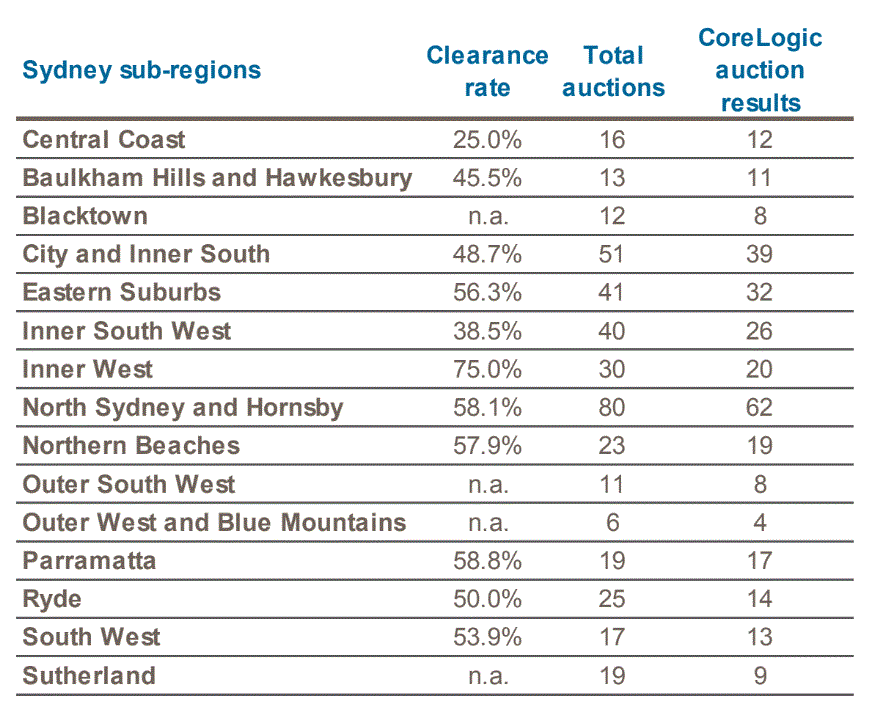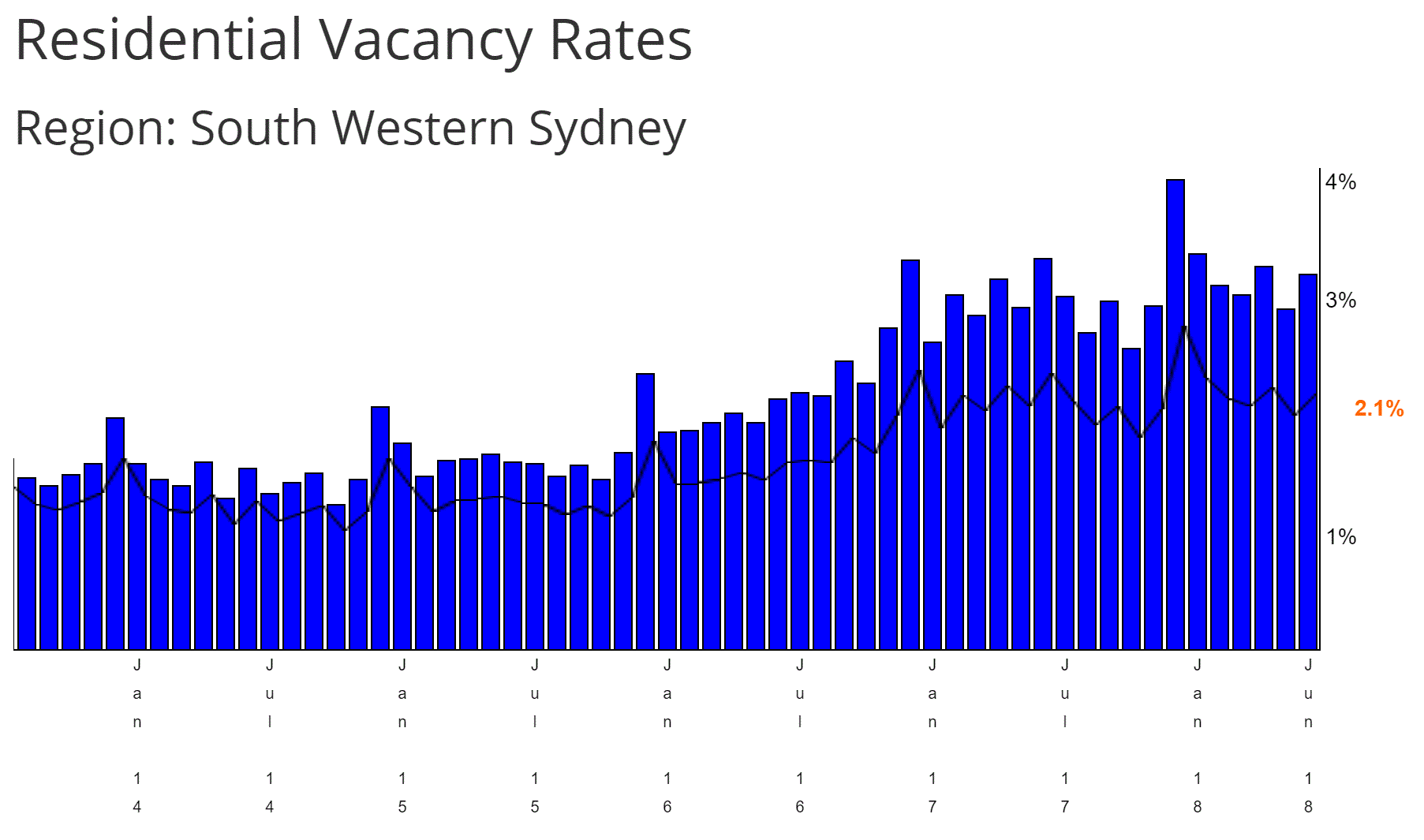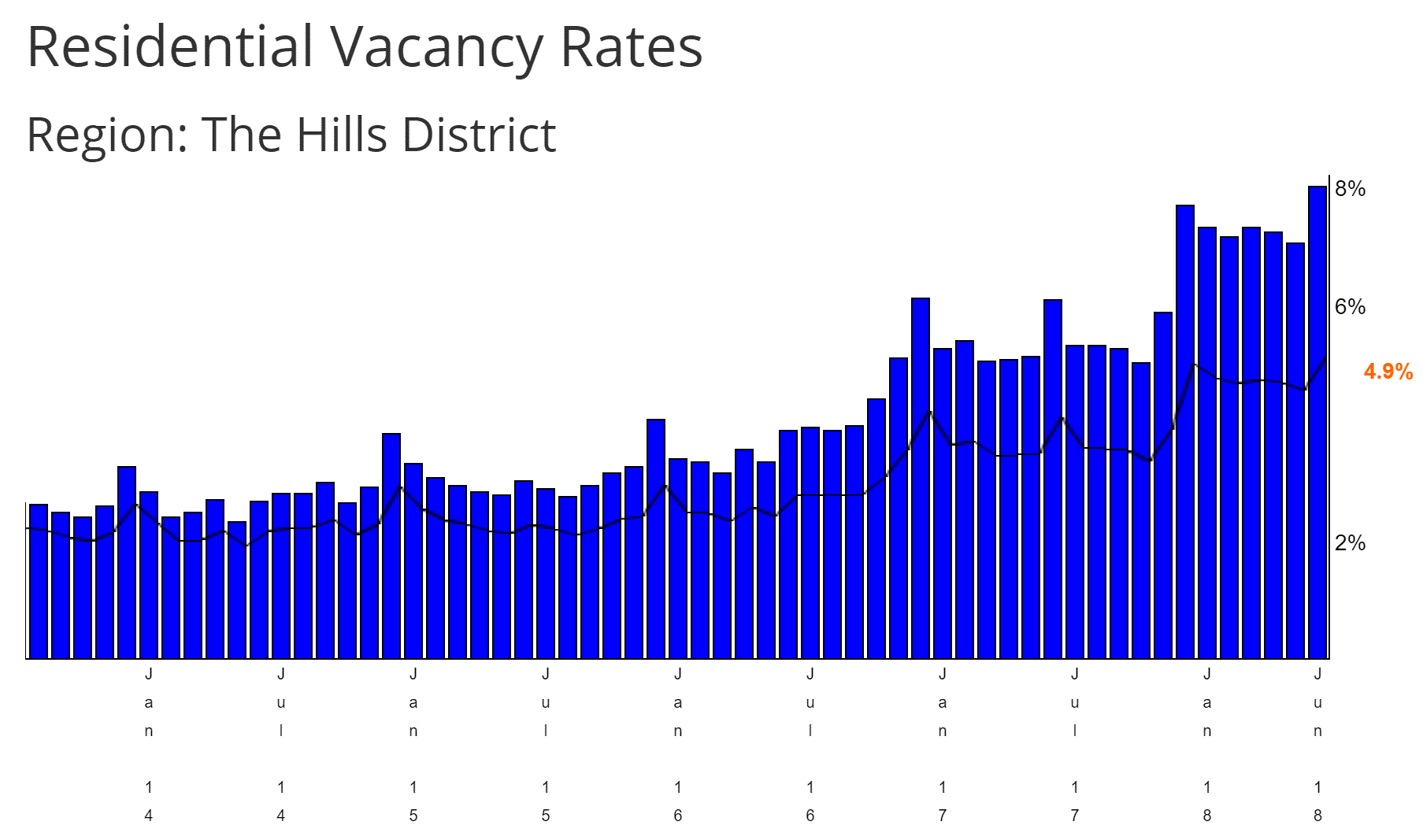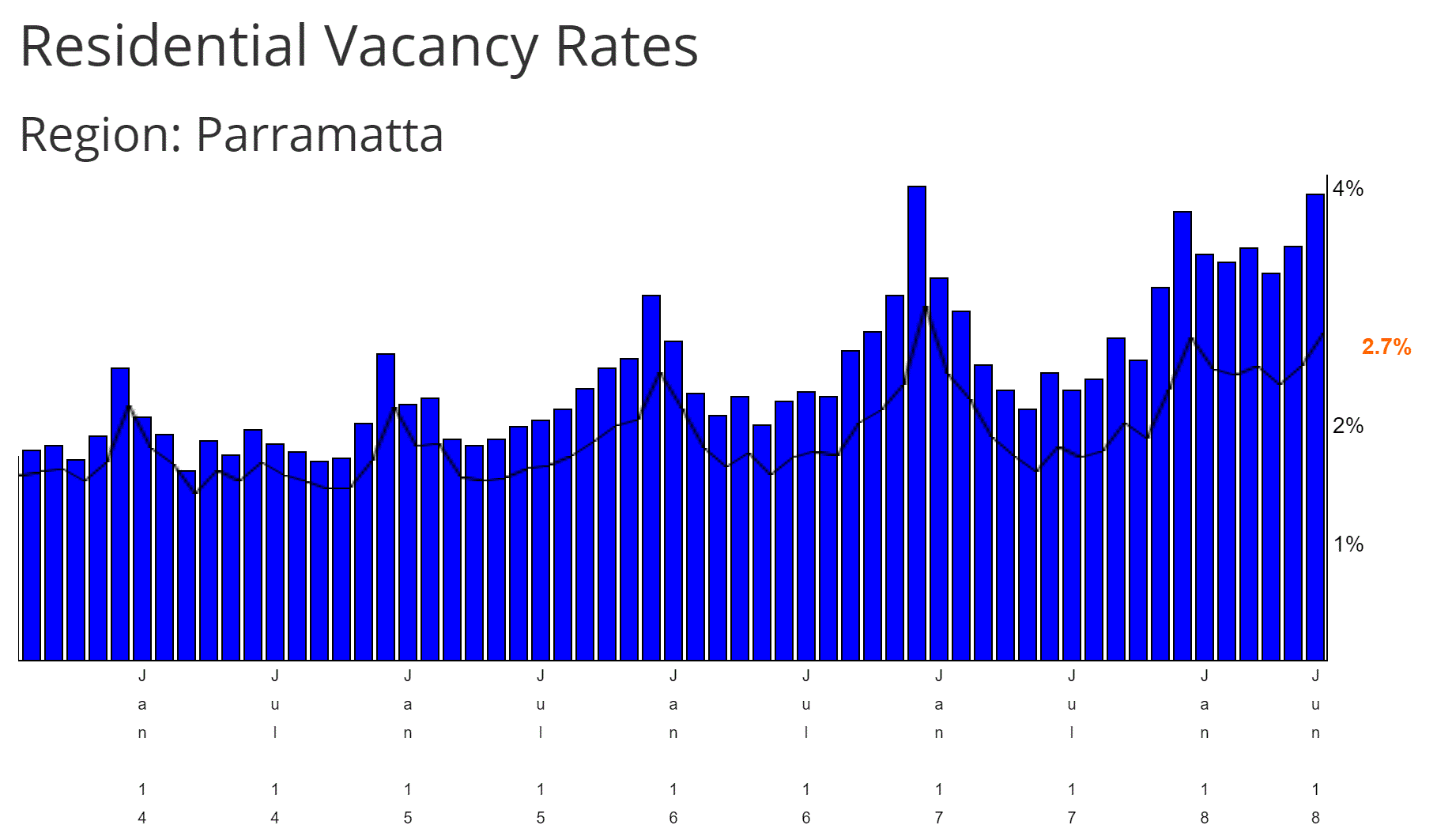Via YourParasite:
Despite the market being hard for millennials to break into, a lot of young homebuyers were able to secure a property with the help from their parents.
Property prices have drastically risen over the past years. For instance, Sydney’s median home price has hit $990,000, up $377,000 from six years ago. No wonder why millennials are reaching out to the “bank of mum and dad” to seek assistance.
In a report for the Penrith Press, Mulpha Developments executive general manager Tim Spencer said this phenomenon had already become essential, particularly in Sydney, given the whopping price increases over the past years.
“The banks’ conservatism reduces when they know you have multiple sources of income. Banks look at families and realise they are long-term, strategically-minded buyers,” Spencer told Penrith Press.
Even in relatively more affordable areas like Glenmore Park, parents and even grandparents still extend a helping hand to millennials.
Ray White Glenmore Park agent Michael Coco told Penrith Press that most of these millennials are taking advantage of guarantor loans.
“They are paying between $550,000 to $650,000 in our market and parents are gifting them $100,000 or more to make that transition easier for them,” he said.
Typically I don’t advise FHBs one way or another because owning is a lifestyle not financial choice. But what I can say is that Western Sydney’s mortgage belt from the south through the west and north west is the one jurisdiction where buyers can be confident of further material house price falls.
It’s obvious in auction clearances which are now so bad in the belt that they appear often as “not available”:

Mass immigration may help the market in the long run but now it sure ain’t. The belt is increasingly swimming in empty property:



Moreover, there are piles of liar loans underpinning present values that suggest big possible downside. Recall the 2016 the hedgie sting in Western Sydney mortgages:
One of the most popular programs in Australia last year was Struggle Street, a series about the poor Sydney neighbourhood of Mount Druitt. It beat other reality TV shows and was the most-watched show in Sydney. It depicted poverty, alcoholism and drugs. The show was condemned by some as “poverty porn” before the broadcast but received a strong response upon broadcast and trended on Twitter around the country. Prices in Mount Druitt are up over 50% since 2012 and in neighbouring Rooty Hill they are also up 50% since 2012.
In Australia, even the poor and drug-dependent can be property millionaires.
So how do people on modest incomes afford such expensive houses? Poor underwriting is the answer.
The Reserve Bank of Australia and the Australian Prudential Regulatory Authority (APRA) all insist that there are almost no low-doc or no-doc loans. They also insist there are few high loan-to-value ratio loans. The truth is much worse.
Underwriting standards are poor in banks. The regulators trust the big four banks’ statistics, but we’ve seen that underwriting standards are much worse than advertised.
In our due diligence, we told mortgage brokers and bank managers that we required a 95% loan-to-value mortgage at 10x our gross household income to buy our dream house, and we were consistently told it was not a problem at all. All we needed were two payslips and mortgage insurance. We asked if the bank would call our employer, and both reputable and disreputable brokers said banks rarely verified payslips. Also, “most of the people checking documents are in Indian call centres.” Furthermore, we were told that as long as the payslips had the right Australian Business Number (ABN) and the business checked out, that was enough.
This is not how it has to be. In the UK, for instance, after the credit crunch, banks are far more thorough when verifying income. The bank cross-checks payslips with one’s bank account to see the net amount received corresponds to the gross amount paid. A lengthy affordability questionnaire must be filled out to make sure that pay is sufficient to cover mortgage payments, that are also stress-tested for higher rates. Bonuses, once nonchalantly taken as regular income, are much more strictly dealt with. No-deposit and minimal-deposit loans are much rarer and harder to obtain. Similarly, the US has tightened lending standards since the financial crisis.
But in Australia, more alarmingly, we were informed from various sources that disreputable brokers had software to make authentic looking tax returns for clients who needed mortgages. We were encouraged to lie about our incomes by multiple brokers in order to get dodgy loans past bank loan officers.
It should come as no surprise that lending standards have fallen as third-party origination of mortgages has risen. This was typical of standards in the US in 2005-07. Today, almost half of new housing loans are originated by third parties.
But our biggest surprise came when we visited a building society (a thrift). The bank manager told us her lending standards were conservative compared to the big banks. She would check our income more thoroughly. She then encouraged us to take a 95% loan to value ratio at 10x our gross income because, “It isn’t worth saving another 5% when house prices will rise more than 5%. By the time you save the 5%, prices will rise exponentially.” Those were her words, not ours.
Needless to say, John Hempton of Bronte Capital and your dumbfounded analyst from Variant Perception wandered around Sydney in shock and amusement after every meeting.
We’ve seen the boom and bust cycle in Western Sydney before. During the Millennium prices took off in the belt then saw big falls in 20-30% range.
Basically, the cycle is a function of low incomes through the belt that means any bubble in prices can only be sustained through some temporary exogenous event. Across the Millennium that was lower interest rates. During the last boom it was interest-only loans. There is nothing left in the kit bag now.
FHB grants and Bank of M&D may be helping support the market now but they look more like pennies in front of the steamroller to me.

